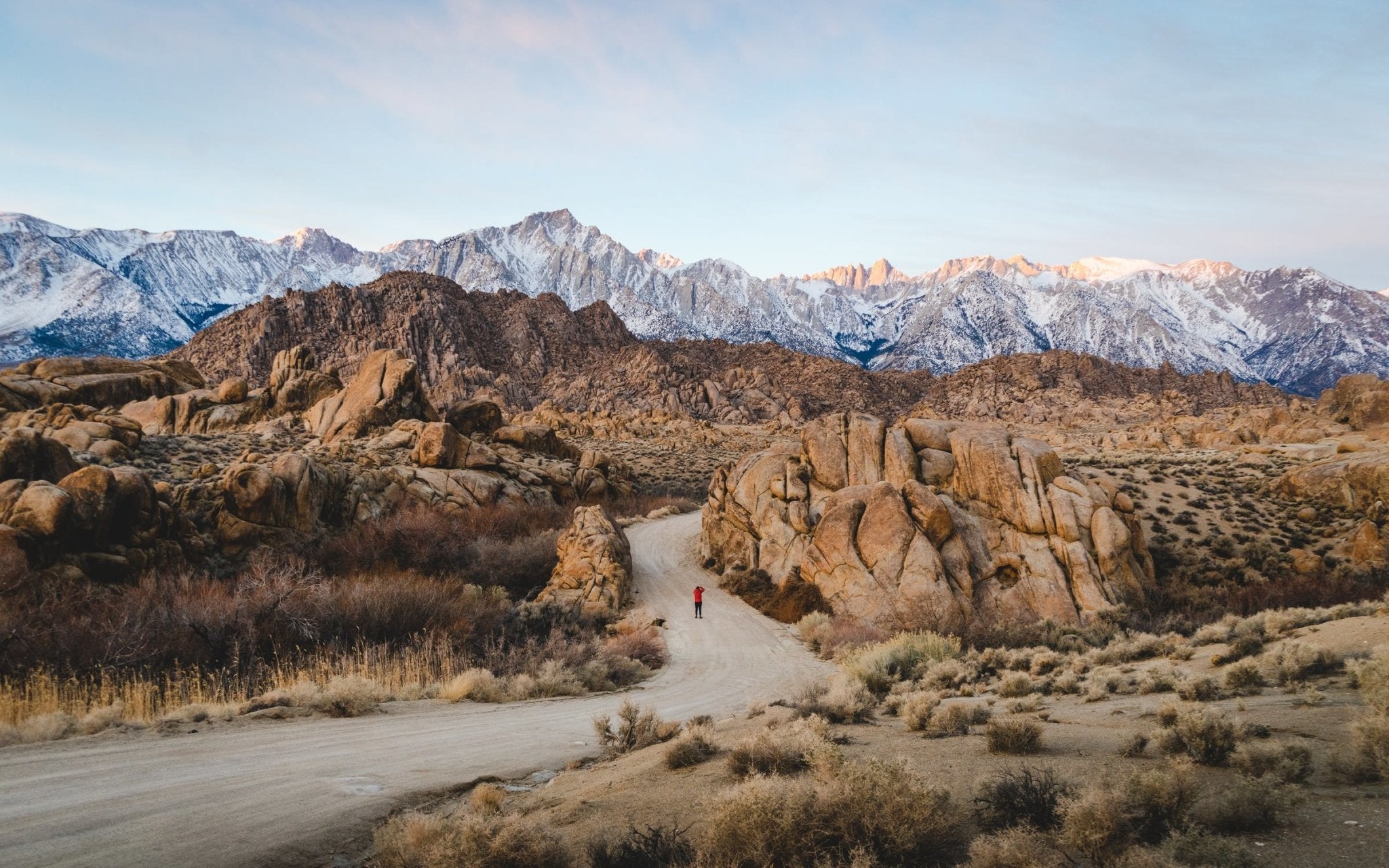Rules of composition will always go a long way and be one of the most helpful tools for amateur photographers. However, they also stand as a great reminder to the more experienced photographer. It is easy to follow a routine, stick to what you know, and do well instead of trying new composition techniques.
Here is a list of the more popular composition techniques that all photographers should utilize.

Rule of Thirds
The first composition technique is the Rule of Thirds. The Rule of Thirds is arguably one of the more popular compositions within all art forms. It's simple and easy to accomplish. You should envision nine rectangles in your frame when you shoot with the Rule of Thirds. You want your focal point to be at one of the intersections or on the imaginary grid lines, and you want the subject to not be in the center. This is a tried and true technique.
 Golden Ratio, also known as the Golden Spiral
Golden Ratio, also known as the Golden Spiral
The Golden Ratio is another common technique. Conveniently, the Golden Ratio can be found organically in nature and architecture. The Golden Ratio is aesthetically pleasing and draws the eye of anyone. So what exactly is the Golden Ratio? This technique was developed by Fibonacci, a mathematician searching for some mathematical explanation of art and design. In simpler terms, this is when the photograph is split into nine equal rectangles within two horizontal and vertical lines. This is also known as the phi grid. The integral elements and subject are positioned along those intersecting lines.
However, the little hiccup that pops up with this technique is that Mirrorless cameras and DSLR cameras have a frame dimension of 3:2.
Similarly, the Golden Spiral leads our eyes starting from the bottom or top corner of the frame and spirals into the frame towards the subject.

Diagonals and Lead-in Lines
Diagonals and lead-in lines are just another way to help lure the eye to the frame and onto a focal point. Typically, your leading lines should connect the foreground and background. When this happens, the lines help lead the eye in and/or out of the frame. Think of a river - when you photograph a river, you will want the river to lead into or end in the frame.
This technique can be done with many different landscapes. Try this technique with roads (depicted in the main image of this article), waterfalls, paths, or large walls. And the lead-ins and diagonals shouldn't be limited to whatever is in your foreground.
Try a slow shutter speed to mimic movement in your photographs. Clouds are another mesmerizing subject for diagonals and leading lines.
Related article: Camera Settings for Cloudy Day
Diagonals are similar to leading lines. They are slanted lines that appear in photographs - usually, you can find this organically in nature! Often times trees can be bent, or even the way people position their arms. You can also slant your camera to create diagonal lines.
Don't limit yourself to just the two compositions above!
Although the two suggested compositions above are the most recommended for landscape photography, don't limit yourself!

Reflections: Reflection photography, or mirror photography, occurs when you use a reflective surface to echo a scene or subject. This is great with water like oceans, lakes, raindrops, and puddles. You will get a neat effect with this technique. If you do this towards the middle of your frame, only do this when you can offset your subject or focal point to either side. This technique works with simple elements.

Framing: Composition framing, or sub-framing, is a technique where you have an additional element in your shot that frames your subject. When you frame your subject, you accentuate it, and this will cause eyes to go straight toward it. This can be seen with natural elements like rocks, plants, windows, and tunnels. You can use that as a frame if you are lucky enough to catch a rainbow. Your landscape photograph can transition into an abstract image.

Keep it Simple, Always!
In photography, I almost always think that simplicity goes a long way. When there's too much going on, it can be hard to concentrate on the photograph. When this happens, the viewer can lose interest when they aren't finding the focal point. So, don't overthink it!
The composition should also come naturally. You don't want to plan too much, and you will get a feeling when the composition is suitable. Sometimes, it's best to go with the flow and photograph what intrigues and excites you.
When you first spot a gorgeous landscape, envision how you can capture that landscape and highlight its best features. Use your imagination and creativity to make your foreground and background work together. You can rely on the tried and true compositions but don't limit yourself! For more photography tips, check out our other articles:
Related article: Photography Composition Techniques
Related article: Landscape Photography Settings
Related article: Best Lens for Landscape Photography
Related article: Wildlife Photography Tips












